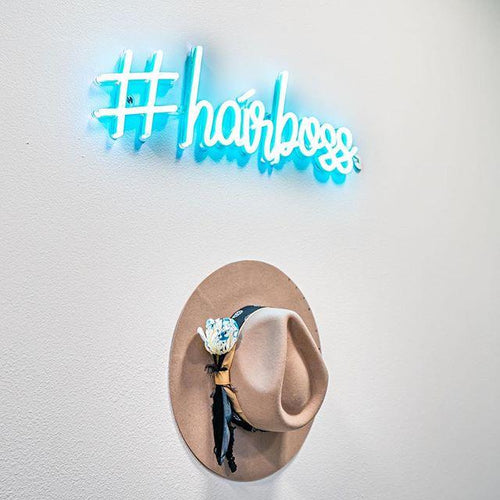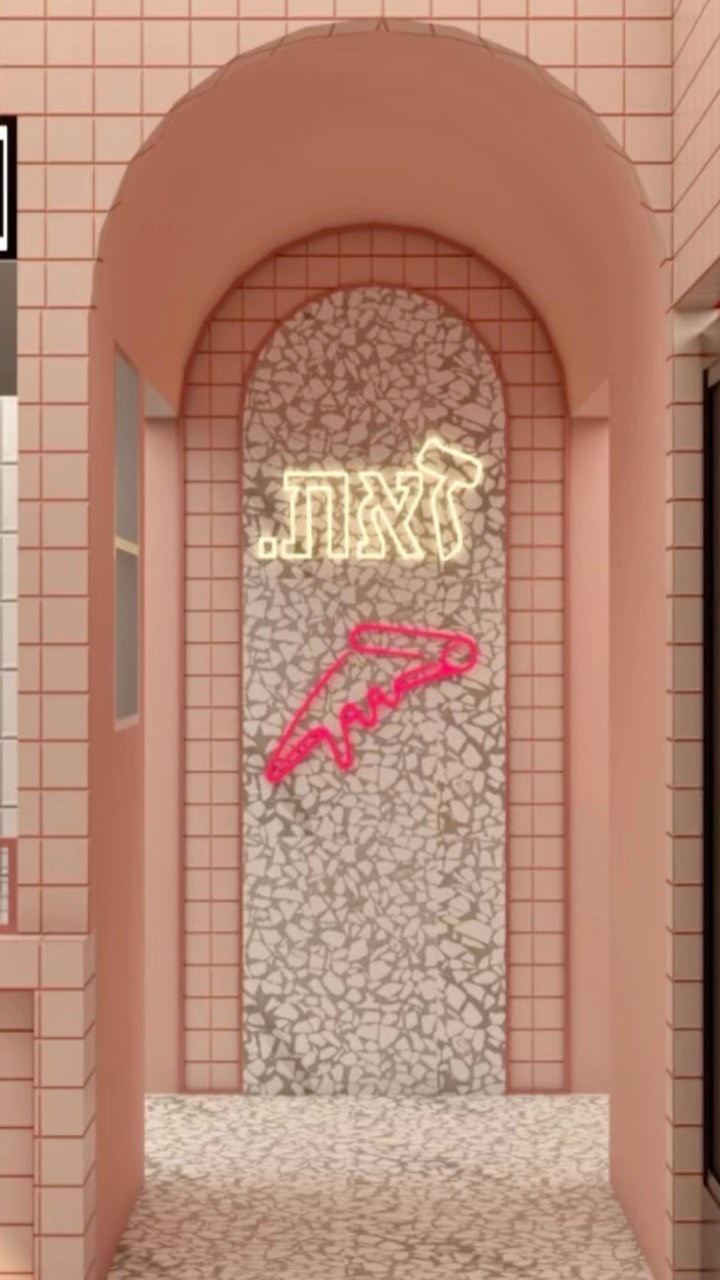Designing a custom neon sign can be an exciting and creative process, whether it’s for personal decor, business branding, or an event. With their vibrant glow and retro appeal, neon signs are eye-catching, versatile, and instantly evoke a sense of nostalgia and modern artistry. However, to ensure that your sign meets your expectations in both design and function, several critical factors must be taken into account. These include the intended purpose, design elements, material choices, energy efficiency, installation, and maintenance. Each of these aspects contributes to the neon sign’s overall aesthetic appeal, cost, and lifespan. Let’s delve into each factor and discuss how it shapes the final product.
1. Purpose and Location
The first step in designing a neon sign is understanding its intended purpose and where it will be displayed. For example, a neon sign for a cozy home bar corner will differ in design from one intended for a bustling business exterior. A sign that will be displayed outdoors must be robust and weatherproof to withstand elements such as rain, wind, and sun. In contrast, an indoor sign may allow for more design flexibility since it’s protected from harsh environmental factors.
- Aesthetic Requirements: If the custom neon sign is meant for branding, such as a storefront, the design should reflect your brand colors, font, and logo style. A decorative home sign can be more whimsical, with softer colors and fonts that suit personal taste.
- Size Considerations: Outdoor signs are typically larger to be easily visible, whereas indoor signs can be smaller and more intricate. The sign's location should dictate its size, brightness, and general appearance.
2. Design Elements (Color, Font, Shape)

The design of your custom neon sign involves choosing colors, fonts, and shapes that convey the message you want to send. Colors in neon signs are especially impactful, as they are vibrant and add personality to the sign.
- Color Choices: Neon colors can vary from soft pastels to intense, bright hues. Standard neon colors include blue, green, pink, red, orange, and purple. Choosing a color that contrasts well with the background where the sign will be displayed ensures that it stands out.
- Font Style: Different fonts evoke different emotions. A cursive or script font can feel elegant and inviting, perfect for a home or a luxury brand. In contrast, bold and blocky fonts are easy to read from a distance, making them ideal for business signage.
- Shapes and Graphics: Custom neon signs can include shapes, logos, or graphic elements. For instance, a coffee shop could add a coffee cup design along with the name of the shop. It’s important to balance simplicity and creativity, as overly complicated designs can be difficult to produce in neon tubing.
3. Materials (Glass Neon vs. LED Neon)
Traditionally, custom neon signs are made from glass tubes filled with neon gas. However, in recent years, LED neon has emerged as a popular alternative due to its versatility and durability. Each type has distinct advantages and drawbacks that can impact the look, longevity, and cost of your sign.
- Glass Neon: This classic option gives a unique glow that many associate with “true” neon. However, it can be fragile, is generally more expensive to produce, and consumes more energy than LED neon.
- LED Neon: Made from flexible LED strips encased in plastic tubing, LED neon mimics the look of glass neon but offers greater durability. LED neon is energy-efficient, easier to install, and available in more colors than traditional neon. It’s often preferred for indoor signage and for people on a budget since it tends to be more affordable.
4. Energy Efficiency and Brightness
Energy consumption is an important factor, especially for business owners who plan to keep the neon sign on for extended periods. LED neon signs are far more energy-efficient than traditional neon signs, consuming up to 70% less power. However, if a unique brightness level is desired, traditional neon may still be preferred.
- Brightness: Glass neon offers a slightly higher intensity and warmer glow, which might be more appealing in dim or dark environments. LED neon can provide a more even light and is less likely to flicker, making it a stable option for well-lit spaces.
- Power Options: Many neon signs are plug-in and can be controlled with a switch, but some can be hardwired for permanent installation. Solar-powered options are emerging for outdoor signs, offering an eco-friendly alternative.
5. Budget Considerations
Your budget plays a significant role in determining the size, material, and complexity of your custom neon sign. Larger signs, complex designs, and higher-quality materials tend to cost more. Here’s a breakdown of how different elements affect pricing:
- Material Choice: As mentioned, glass neon is typically more costly than LED neon due to the labor-intensive production and the materials involved. If you want the classic feel of a glass neon sign but need to save on costs, consider a smaller design or a simpler color scheme.
- Size and Detail: Bigger signs are more expensive due to the increased material and labor. Additionally, intricate details require more time and expertise to create, which can drive up the cost.
- Installation Fees: Some signs require professional installation, especially if they’re large or meant to be mounted outdoors. This is an extra expense to consider, particularly for business signage.
6. Installation and Maintenance
Installation and upkeep are essential for ensuring your sign’s longevity. An outdoor neon sign, for instance, will likely need to be sealed to prevent water damage, whereas an indoor sign might need regular dusting or cleaning to keep its glow unobstructed.
- Mounting: Signs can be wall-mounted, hung from the ceiling, or installed on stands. Choose the installation method that best fits your location and intended use. Wall-mounting or hanging generally works well for most indoor locations, while outdoor installations require secure fastening to withstand weather conditions.
- Maintenance Requirements: Glass custom neon signs may need occasional refilling or repair if they stop glowing due to gas leaks or electrode issues. LED neon is generally low maintenance, but if one of the LED components fails, it may need to be replaced.
7. Safety and Compliance
Safety is paramount, especially if the sign will be placed in a high-traffic area. Neon signs, particularly traditional glass models, can get quite hot and may pose a burn risk. For this reason, LED neon is often favored in public spaces due to its lower operating temperature.
- Electrical Compliance: Ensure your sign meets local electrical standards, as some areas have regulations about the voltage and placement of neon signs. This is particularly relevant for business owners installing signs outdoors.
- Durability for Public Use: If the sign is for a business or outdoor public space, consider using LED neon for added durability. Glass is prone to shattering, and broken signs can create safety hazards.
8. Personalization and Brand Identity
Neon signs are unique because they provide an opportunity for personalization and brand identity expression. Custom designs allow for creative freedom, enabling individuals and businesses to make a memorable statement.
- Creating Brand Recognition: A well-designed neon sign can help with brand recall, as people often associate neon lights with a memorable experience. If you’re a business, your custom sign could include your logo, tagline, or other distinguishing elements.
- Expressing Personal Style: For home decor, neon signs are often used to reflect personal style or themes. Popular choices include motivational quotes, unique phrases, or graphic icons, making them an expressive piece of decor.
Conclusion
Custom neon signs are a unique way to convey personality, whether for personal or business use. By considering the purpose, design, materials, budget, installation, and maintenance, you can create a neon sign that’s aesthetically pleasing, durable, and perfectly suited to its environment.
Everything from choosing colors and a font, to whether you use glass or LED neon as material impacts how your finished product will look like… what it would cost initially & eventually its lifespan. This is well worth the time to plan, yielding you a unique and badass piece of neon for any space




